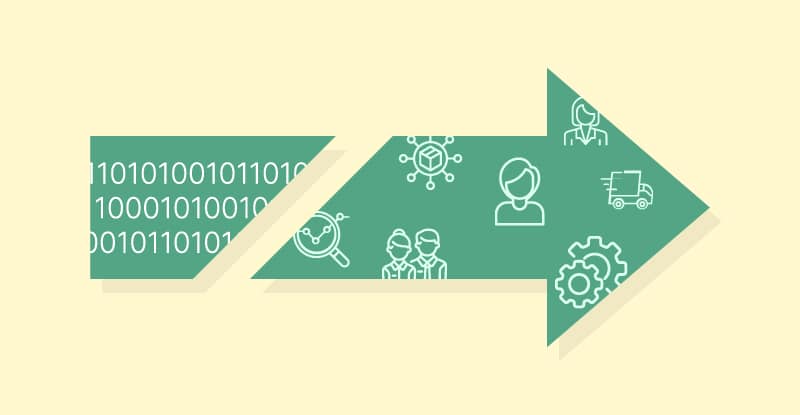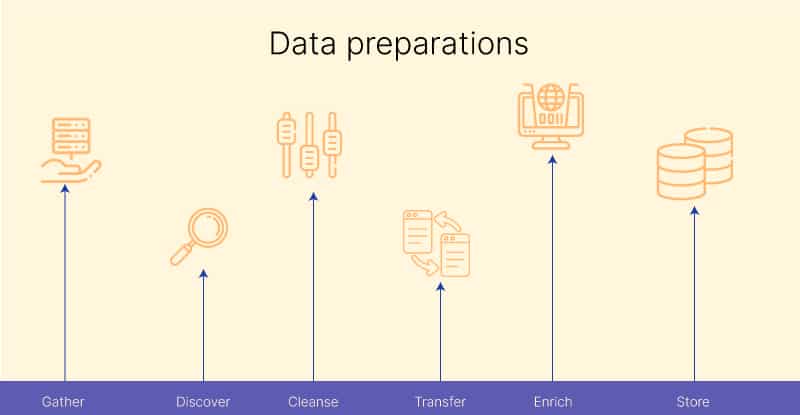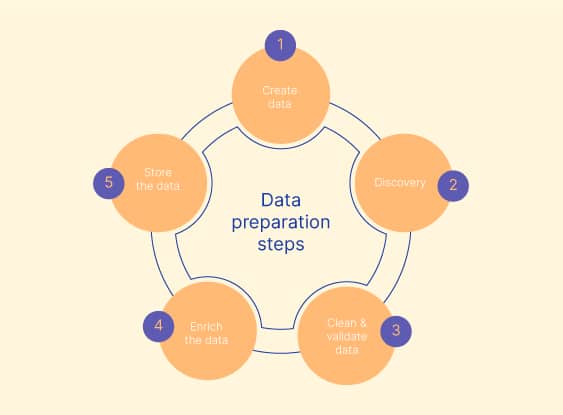
How are polls conducted?
How are polls conducted? SHARE THE ARTICLE ON Table of Contents Conducting a poll means running a survey through a sample of the population. The

Find the best survey software for you!
(Along with a checklist to compare platforms)
Take a peek at our powerful survey features to design surveys that scale discoveries.
Explore Voxco
Need to map Voxco’s features & offerings? We can help!
Find the best customer experience platform
Uncover customer pain points, analyze feedback and run successful CX programs with the best CX platform for your team.

We’ve been avid users of the Voxco platform now for over 20 years. It gives us the flexibility to routinely enhance our survey toolkit and provides our clients with a more robust dataset and story to tell their clients.
Steve Male
VP Innovation & Strategic Partnerships, The Logit Group
Explore Regional Offices

Find the best survey software for you!
(Along with a checklist to compare platforms)
Take a peek at our powerful survey features to design surveys that scale discoveries.
Explore Voxco
Need to map Voxco’s features & offerings? We can help!
Find the best customer experience platform
Uncover customer pain points, analyze feedback and run successful CX programs with the best CX platform for your team.

We’ve been avid users of the Voxco platform now for over 20 years. It gives us the flexibility to routinely enhance our survey toolkit and provides our clients with a more robust dataset and story to tell their clients.
Steve Male
VP Innovation & Strategic Partnerships, The Logit Group
Explore Regional Offices

Find the best survey software for you!
(Along with a checklist to compare platforms)
Take a peek at our powerful survey features to design surveys that scale discoveries.
Explore Voxco
Need to map Voxco’s features & offerings? We can help!
Find the best customer experience platform
Uncover customer pain points, analyze feedback and run successful CX programs with the best CX platform for your team.

We’ve been avid users of the Voxco platform now for over 20 years. It gives us the flexibility to routinely enhance our survey toolkit and provides our clients with a more robust dataset and story to tell their clients.
Steve Male
VP Innovation & Strategic Partnerships, The Logit Group
Explore Regional Offices

SHARE THE ARTICLE ON

Data preparation refers to the process of gathering, synthesising, and systematically consolidating data into one file or data table to prepare it for analysis. It is a pre-processing step in which raw data is converted into a form that can be effectively analysed. Although data preparation can be a time-consuming and tedious undertaking for data professionals, it is an essential step of pre-processing that provides a context to the data collected, allowing useful and reliable insights to be extracted and biases to be eliminated.
See how Amazon,Uber and Apple enhance customer experience at scale.

The following are a few advantages of preparing data for social research:

There are six key steps that must be carried out when preparing data:
Explore all the survey question types possible on Voxco
Explore all the survey question types possible on Voxco
See Voxco survey software in action with a Free demo.
See Voxco survey software in action with a Free demo.
Data preparation is the process of gathering, synthesising, and consolidating raw data into a form that can be readily and effectively analysed to draw useful insights.
Data cleansing is an important step in the process of data preparation. It involves improving the data collected by removing incorrect, duplicated, corrupted, irrelevant, incorrectly formatted, or incomplete data within a data set. It helps ensure the output or conclusions drawn from the research are useful and reliable.
A few key steps in the process of data preparation are: data collection, data profiling, data cleansing, data structuring, data enrichment, and data validation.
Data enrichment refers to the process of refining and enhancing data by supplementing missing or incomplete data. It is used to fill any gaps in the data collected to increase the completeness of the data sets.
Read more

How are polls conducted? SHARE THE ARTICLE ON Table of Contents Conducting a poll means running a survey through a sample of the population. The

Research Panel Recruitment Transform your insight generation process Use our in-depth online survey guide to create an actionable feedback collection survey process. Download Now SHARE
Exploring the Pros and Cons of Exploratory Research SHARE THE ARTICLE ON Table of Contents Exploratory research is conducted to improve the understanding of a

What is Gap Analysis? SHARE THE ARTICLE ON Share on facebook Share on twitter Share on linkedin Table of Contents What is Gap Analysis? Gap

Customer Feedback Management SHARE THE ARTICLE ON Table of Contents What is Customer Feedback Management? Customer feedback management (CFM) refers to the process of gathering

C2 Montréal Voxco Multi-Mode / Voxco Online / Voxco Mobile-Offline / Professional Services SHARE THE ARTICLE ON Innovative business event combines online and on-the-floor attendee
We use cookies in our website to give you the best browsing experience and to tailor advertising. By continuing to use our website, you give us consent to the use of cookies. Read More
| Name | Domain | Purpose | Expiry | Type |
|---|---|---|---|---|
| hubspotutk | www.voxco.com | HubSpot functional cookie. | 1 year | HTTP |
| lhc_dir_locale | amplifyreach.com | --- | 52 years | --- |
| lhc_dirclass | amplifyreach.com | --- | 52 years | --- |
| Name | Domain | Purpose | Expiry | Type |
|---|---|---|---|---|
| _fbp | www.voxco.com | Facebook Pixel advertising first-party cookie | 3 months | HTTP |
| __hstc | www.voxco.com | Hubspot marketing platform cookie. | 1 year | HTTP |
| __hssrc | www.voxco.com | Hubspot marketing platform cookie. | 52 years | HTTP |
| __hssc | www.voxco.com | Hubspot marketing platform cookie. | Session | HTTP |
| Name | Domain | Purpose | Expiry | Type |
|---|---|---|---|---|
| _gid | www.voxco.com | Google Universal Analytics short-time unique user tracking identifier. | 1 days | HTTP |
| MUID | bing.com | Microsoft User Identifier tracking cookie used by Bing Ads. | 1 year | HTTP |
| MR | bat.bing.com | Microsoft User Identifier tracking cookie used by Bing Ads. | 7 days | HTTP |
| IDE | doubleclick.net | Google advertising cookie used for user tracking and ad targeting purposes. | 2 years | HTTP |
| _vwo_uuid_v2 | www.voxco.com | Generic Visual Website Optimizer (VWO) user tracking cookie. | 1 year | HTTP |
| _vis_opt_s | www.voxco.com | Generic Visual Website Optimizer (VWO) user tracking cookie that detects if the user is new or returning to a particular campaign. | 3 months | HTTP |
| _vis_opt_test_cookie | www.voxco.com | A session (temporary) cookie used by Generic Visual Website Optimizer (VWO) to detect if the cookies are enabled on the browser of the user or not. | 52 years | HTTP |
| _ga | www.voxco.com | Google Universal Analytics long-time unique user tracking identifier. | 2 years | HTTP |
| _uetsid | www.voxco.com | Microsoft Bing Ads Universal Event Tracking (UET) tracking cookie. | 1 days | HTTP |
| vuid | vimeo.com | Vimeo tracking cookie | 2 years | HTTP |
| Name | Domain | Purpose | Expiry | Type |
|---|---|---|---|---|
| __cf_bm | hubspot.com | Generic CloudFlare functional cookie. | Session | HTTP |
| Name | Domain | Purpose | Expiry | Type |
|---|---|---|---|---|
| _gcl_au | www.voxco.com | --- | 3 months | --- |
| _gat_gtag_UA_3262734_1 | www.voxco.com | --- | Session | --- |
| _clck | www.voxco.com | --- | 1 year | --- |
| _ga_HNFQQ528PZ | www.voxco.com | --- | 2 years | --- |
| _clsk | www.voxco.com | --- | 1 days | --- |
| visitor_id18452 | pardot.com | --- | 10 years | --- |
| visitor_id18452-hash | pardot.com | --- | 10 years | --- |
| lpv18452 | pi.pardot.com | --- | Session | --- |
| lhc_per | www.voxco.com | --- | 6 months | --- |
| _uetvid | www.voxco.com | --- | 1 year | --- |